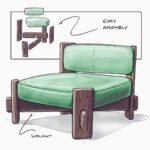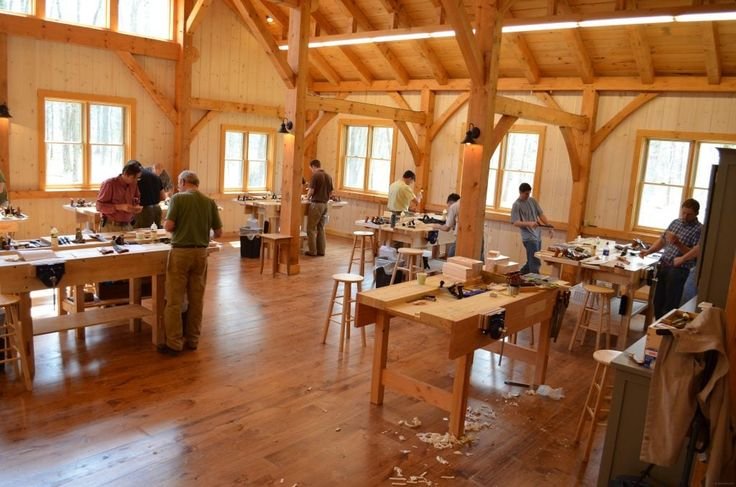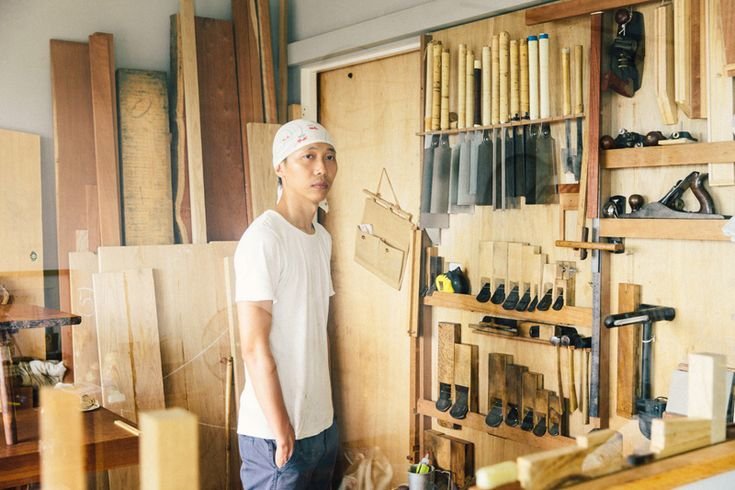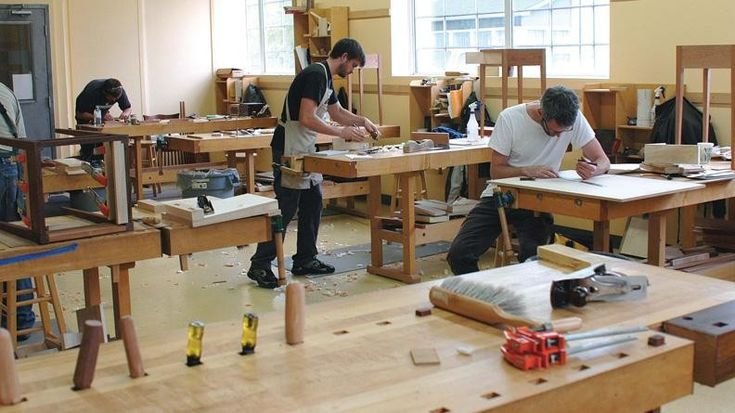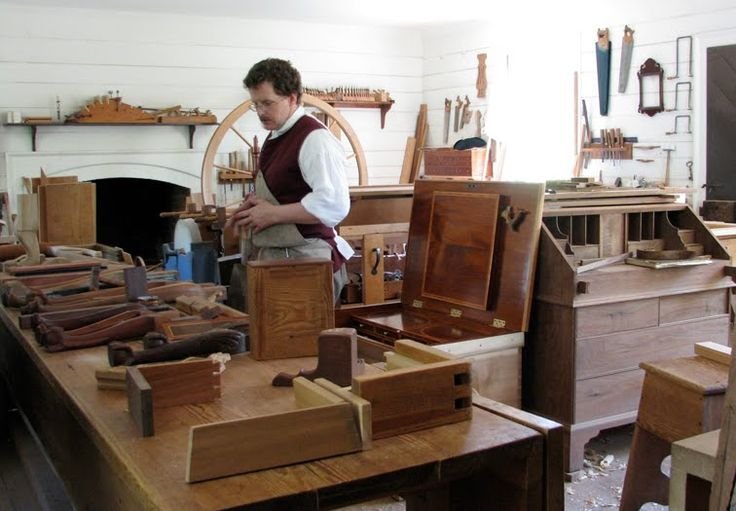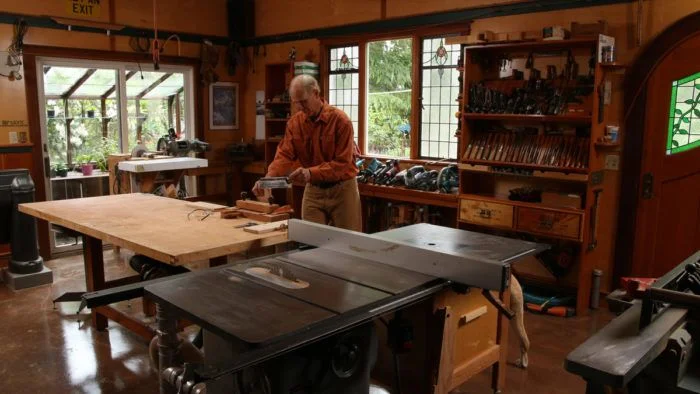Finding My Groove: My Journey into Woodworking
So, there I was, sitting in my garage-cum-workshop, with a steaming cup of coffee in hand, staring at a pile of lumber I had impulsively purchased the week before. You know how it goes—you have a vision in your head, and suddenly, your garage turns into a treasure trove of possibilities. Except, half the time, it’s just a big mess of sawdust and half-finished projects.
That First Project
My first real project was supposed to be a simple picnic table. I thought, “Heck, how hard can it be?” I mean, it’s just some 2x4s, right? Easy-peasy. I sketched out a design at the kitchen table, sipping on my coffee and feeling like the king of carpentry. I was high on inspiration and, to be honest, a little naïve.
I picked up some pine from the local lumber yard—didn’t even know the difference between pine and cedar back then. The smell of that fresh-cut wood was intoxicating! I still remember the sound of the saw cutting through the boards—all those little shavings flying everywhere and the sweet sound of success—until I realized my measurements were totally off. The tabletop was like the Leaning Tower of Pisa. I almost gave up right there, thinking to myself, “Why am I even doing this?”
The Tools of the Trade
Now, I’ll be honest; I didn’t have a fancy tool collection back then. Just a cheap circular saw, a drill, and a workbench that was older than my dog. I was cutting corners—literally. The circular saw wobbled a bit, and the cuts looked more “abstract art” than “furniture.” A couple of hours in, a piece of the wood splintered, and I flinched at the sound—like a bone breaking. I took a deep breath and thought, “This is going to be a disaster.”
But I remembered my grandfather. He was a woodworker, and he used to say, “Wood has a way of surprising you, son.” It was a bit of a cliché, but it stayed with me. So, instead of tossing that poor excuse of a table into the firepit, I just took a step back, grabbed my coffee, and thought about what to fix next.
Making it Work
It was a mess, let’s be real. But in that chaos, I found a few tricks. I learned how to sand gaps down and even started to appreciate the beauty of imperfections—like how a knot in the wood gives it character. I can’t tell you how many times I found myself laughing when something actually worked the way it was supposed to. When I finally got the legs attached and that table stood (mostly) straight, I felt like I’d conquered the world.
A couple of my friends came over when it was done, and we had a barbecue on that thing. It wobbled a bit, but you know what? We laughed and drank cold beers as though it was the finest piece of craftsmanship anyone had ever seen. It was more about the time spent together than the actual project, and that felt good.
Fumbling Through the Process
Of course, things weren’t all sunshine and rainbows. I had my share of bumps along the way. There was one evening when I thought I’d really step up my game and invest in a nice miter saw. I was dreaming big—making picture frames, built-ins, the whole shebang. But when I got it and set it up next to my dusty old workbench, the first cut turned out crooked. I double-checked my settings, but it was still skewed. I nearly lost my mind.
You’d think I’d learn something from my previous projects, but nope! I went on a rant about how nothing I touched could come out right. But ultimately, I learned—about tools, about patience, and about the importance of double-checking every single angle.
The Joy of Small Wins
It wasn’t all heavy lifting, though. One of my favorite small projects was a birdhouse for my sister’s kids. The look on their faces when they saw it was priceless. It may not have been a perfect dovetail joint or a smooth finish, but it was a labor of love, and the neighborhood birds had themselves a new hangout. And honestly? That was one of the moments when I really felt like I belonged in that dusty old garage, turning something raw into something beautiful.
Looking Back
As I sit here now, my workshop has gotten a bit more organized, and I’ve picked up a few more tools along the way—but every time I stand in front of that miter saw, I remember that first crooked cut and all the lessons etched into those wooden boards. Each project is still an adventure, still filled with its own pitfalls and surprises.
I wish someone had told me earlier that it’s okay to mess up. It’s okay to feel frustrated and overwhelmed. But if you just keep pushing ahead—no matter how crooked your cuts might be at first—you’ll find something magical in the process. So, if you’re sitting there, thinking you’d like to give woodworking a shot, just go for it. Embrace the chaos. You’ll thank yourself later, and who knows? Your own picnic table might just become a favorite gathering spot someday.





